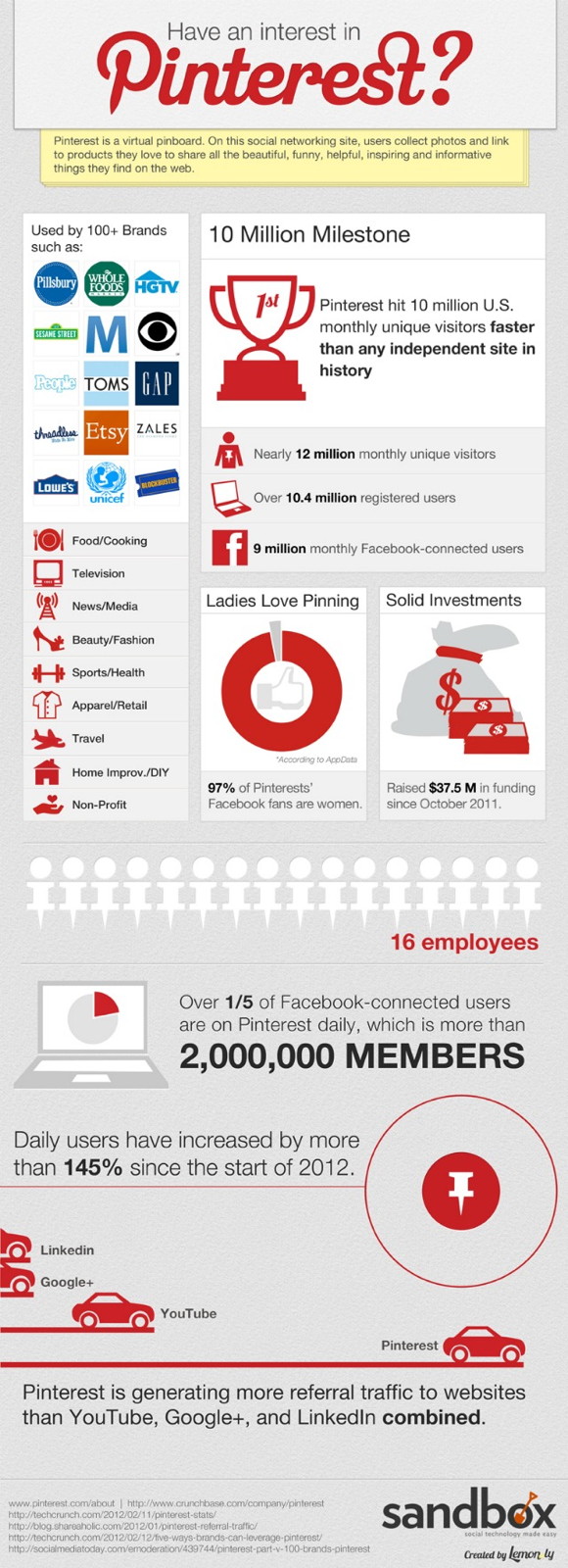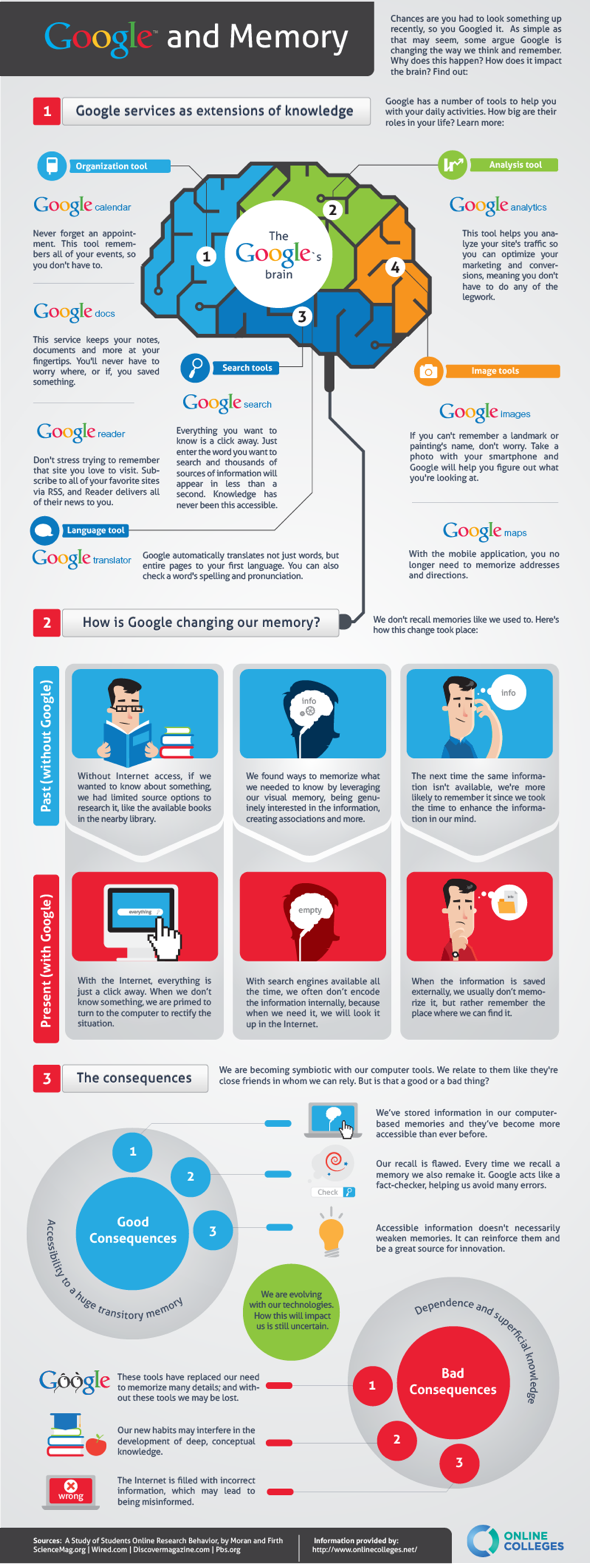Sorry, if I am getting emotional in this post… After far more than 1.000 posts, there must be one that is more personal than the rest of this blog: Memories.
I haven’t been alive 1851. Well, I am not alone on that one, right…?! No, I haven’t changed the world.
Obviously. Many of the companies on this infographic could not make this happen…
However, in 1999 something happened that I did not expect those days, or when I started my career in the B2B marketing and media world. It was disruptive in my B2B marketing life. Ok, I admit it was no innovation…, maybe some tiny idea and thoughts were those days. It was a milestone for me personally. And a tipping point in my business experience…
Getting an award is something that gives people a career kick. No Grammy. No Oscar. No… whatever. Having an award from the company that is mentioned at the beginning of this chart is something special to me, especially when you were young, inexperienced but eager to become better and better in business. When United Buisness Media bought CMP in 1999, I achieved a Salesperson of the Year award from CMP. Big emotions, big memories, I can tell you…
Seeing JESS3 and Eloqua mention CMP in their history of disruptive B2B Technolgy Innovations infographic brought back these long forgotten memories. I haven’t seen anyone mention CMP for years…
This infographic is not only rewarding the importance of content marketing, it also shows that content marketing will remain to be relevant and thrilling in the future. However, it might shift more and more from text to audio-visual touchpoints? We will see…
PS: Thanks to Mai Nguyen to ping this through to me…







 The
The 



